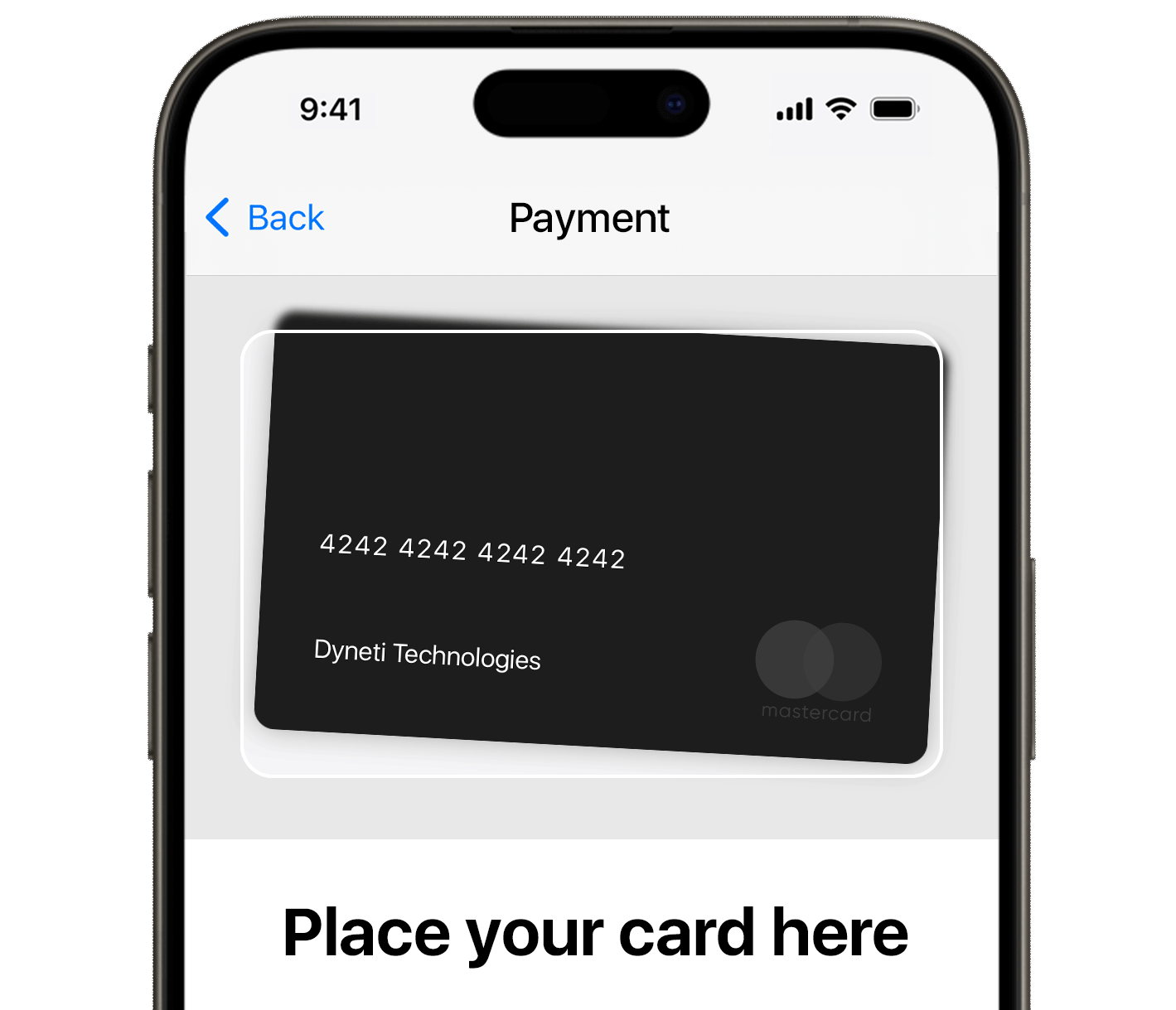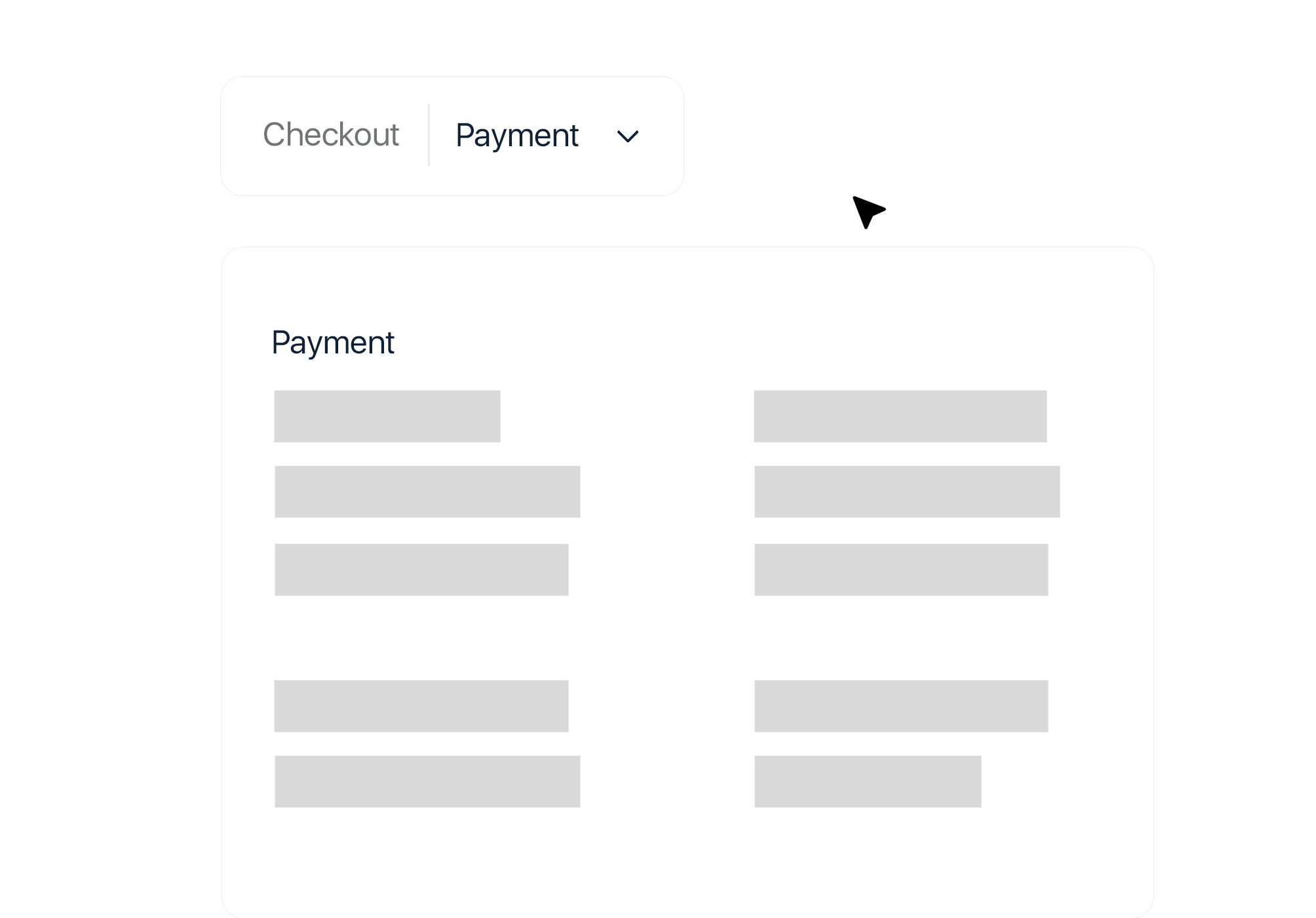How advanced payment integration skyrockets sales
Why a quick and easy checkout process is critical for conversion optimization

Checkout Complexity
Complicated checkouts drive customers away
Consumers want to shop with ease and confidence, especially during the checkout process.
Unfortunately, the checkout process on mobile can be cumbersome and time-consuming. Small screen sizes, the need for scrolling, difficulty in entering information, and slow loading times all contribute to a less-than-ideal user experience.
Checkout abandonment is a major issue for retailers, and mobile shoppers have the highest abandonment rate.
Several common friction points in mobile transactions can deter users from completing their purchases, including:

Mandatory account creation. Forcing users to create an account before purchasing is a significant barrier; many will simply abandon the purchase.
Excessive form fields. Requiring users to fill in numerous fields, especially if they perceive some as unnecessary for the transaction, can lead to frustration and abandonment.
Confusing error handling. Failing to indicate errors in form fields and provide helpful, immediate feedback can cause frustration for users.
Lack of mobile optimization. Failing to consider factors like screen size, touch interfaces, and mobile payment options when designing the experience.
Manual card entry. Entering payment information manually on a small screen is cumbersome and can be a security concern for users, leading them to hesitate or give up entirely.
Streamlined Automation
Move from manual card entry to streamlined automation
Mobile shopping thrives on the convenience, speed, and immediacy it provides, with consumers valuing the ability to make purchases from anywhere at any time. Retailers benefit when customers can make a purchase with little thought or effort.
Any delay or cumbersome process risks driving users to abandon their carts. The manual input of payment information on small mobile screens contradicts the very essence of mobile shopping’s convenience. And as the checkout process becomes more time-consuming and difficult, the consumer perceives the transaction as more costly, further increasing the likelihood of abandonment.
Now, the shift from traditional manual data entry to cutting-edge automated card reader solutions can transform the customer experience, reducing abandonment and boosting sales. These technologies streamline the checkout process by:

Accelerating transactions. Automated scanning allows for near-instantaneous data capture, significantly speeding up the checkout process.
Minimizing user frustration. Eliminating manual typing decreases the likelihood of errors and cart abandonment, enhancing the overall shopping experience.
Boosting security. The advanced encryption and security protocols associated with automated technologies enhance consumer confidence in mobile transactions.
Providing a higher perceived value. By minimizing the effort required to make a purchase, retailers can subtly enhance the perceived value of their products and services, making customers more likely to follow through with their transactions.
91%
Instant increase in conversion rate
45%
Mobile commerce as a share of total e-commerce sales
87%
Card abandonment with complex checkout
55%
Retail abandonment with complex checkout
An immediate increase in conversations and a contribution to long-term growth
Boost conversions and your bottom line
It takes less than an hour to integrate DyScan into your checkout process. Companies that implement DyScan see anywhere between a 4% to 21% boost in conversions and reduce checkout time by 95%. Get a demo to learn how you can scan 100% of cards, add to your conversions, and delight your customers.

